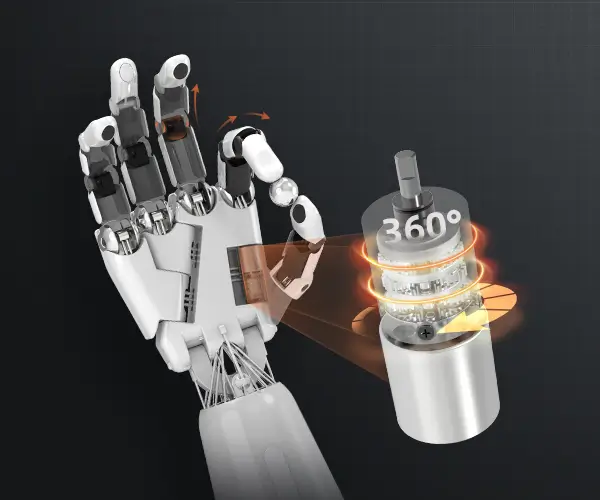When you think about precision and control in your projects, servo motors are a game-changer. Whether you’re working on robotics, drones, or even a DIY automation system, getting the servo motor to do exactly what you want can be tricky without the right setup. That’s where Arduino comes in. By pairing Arduino with a servo motor, you unlock a whole new level of control, giving you the flexibility to customize your projects with ease.

Why choose Arduino for servo motor control? The beauty of Arduino lies in its simplicity. It’s user-friendly, affordable, and incredibly versatile. Even if you’re not an expert, getting started with Arduino to control a servo motor is straightforward. You don’t need advanced programming skills or fancy equipment. All you need is the right code, and the servo motor will respond to your commands in real-time.
Let’s break it down a bit. A servo motor operates based on a control signal, typically a pulse-width modulation (PWM) signal. This signal controls the position of the motor, telling it exactly where to move. With an Arduino board, you can easily generate PWM signals with a few lines of code. The motor then uses this signal to rotate to the desired position. It's that simple.
One of the most impressive features of using Arduino with a servo motor is the level of precision you can achieve. By fine-tuning the PWM signal, you can control the motor to move to very specific angles, making it perfect for tasks that require high accuracy, like robotic arms or camera mounts. And it’s not just for professionals—Arduino makes this technology accessible to hobbyists and makers as well.
In fact, many people get started with Arduino and servo motors through small projects. Think about a simple project where you want to automate the opening and closing of a door. With a servo motor controlled by Arduino, you can easily program it to open at a certain time or in response to a sensor input. The possibilities are endless.
And let’s not forget the ease of integration. If you already have an Arduino board, you don’t need to buy any specialized equipment to get started with servo motors. All you need is a few jumper wires, and you're good to go. You can even chain multiple servos to the same board if your project requires more movement.
Now, one question that often pops up is: How reliable is the control? The answer is: incredibly reliable, as long as you choose the right servo motor for your application. If you’re looking for smooth, precise movement, go for a high-quality servo. Cheap servos might not perform as well, especially if your project demands a lot of torque or quick adjustments.
And let’s talk about troubleshooting for a second. Sometimes, servo motors can behave unpredictably if there’s a wiring issue or if your code has an error. But don’t worry, Arduino’s community is vast, and there are countless resources to help you debug and resolve issues quickly. Whether you’re stuck on a piece of code or struggling with power issues, help is always around the corner.
In short, controlling servo motors with Arduino offers unparalleled flexibility, precision, and ease. It’s a powerful combination that can take your projects to the next level. If you’re ready to dive into the world of motor control, Arduino is the perfect starting point. It’s affordable, accessible, and most importantly, it lets you create exactly what you imagine.
Established in 2005, Kpower has been dedicated to a professional compact motion unit manufacturer, headquartered in Dongguan, Guangdong Province, China. Leveraging innovations in modular drive technology, Kpower integrates high-performance motors, precision reducers, and multi-protocol control systems to provide efficient and customized smart drive system solutions. Kpower has delivered professional drive system solutions to over 500 enterprise clients globally with products covering various fields such as Smart Home Systems, Automatic Electronics, Robotics, Precision Agriculture, Drones, and Industrial Automation.




































